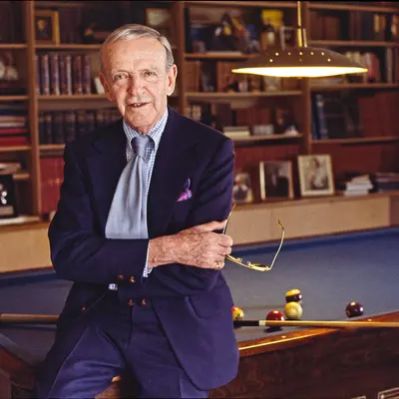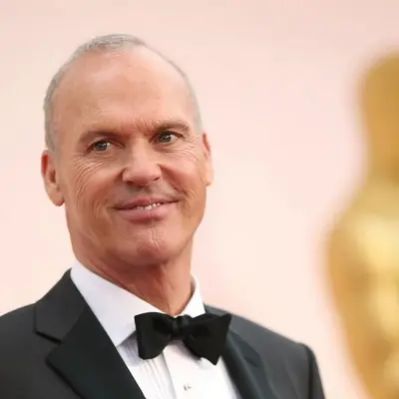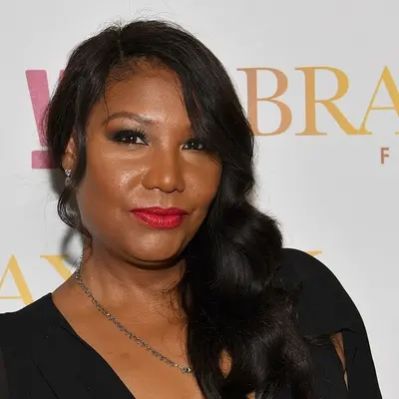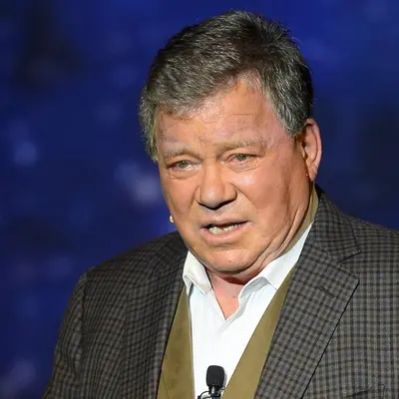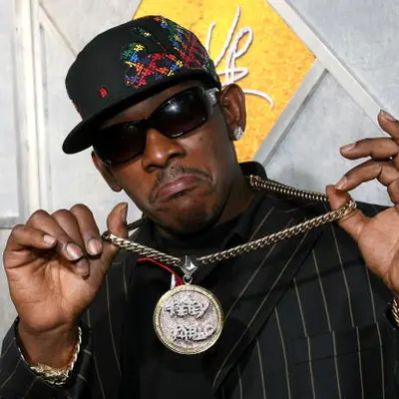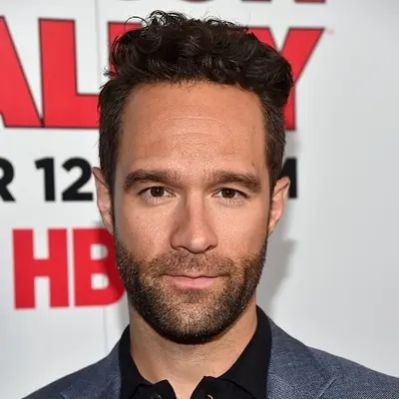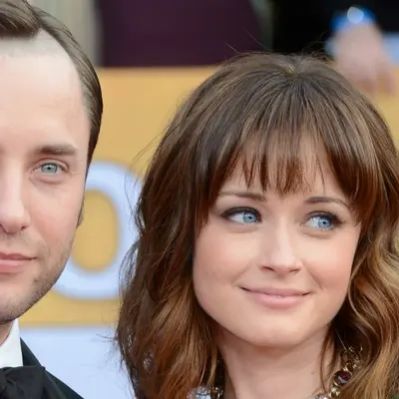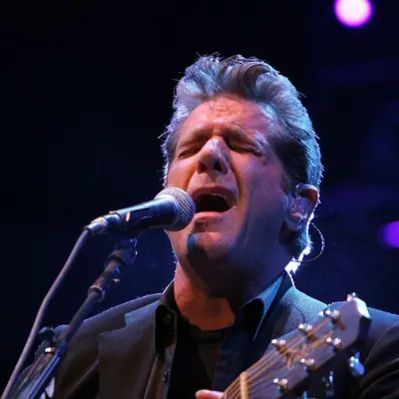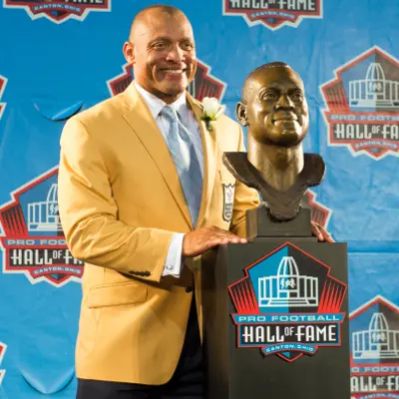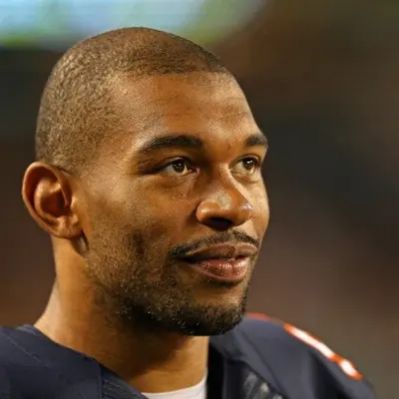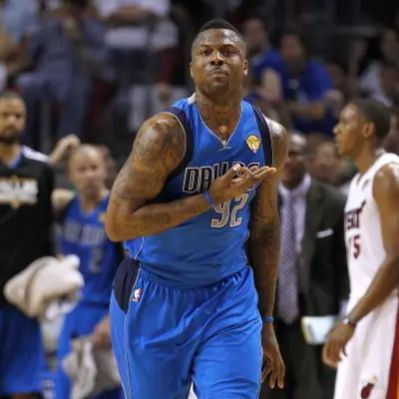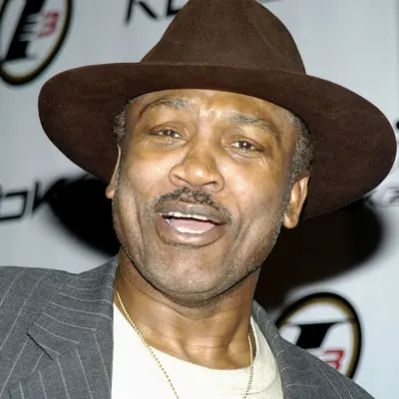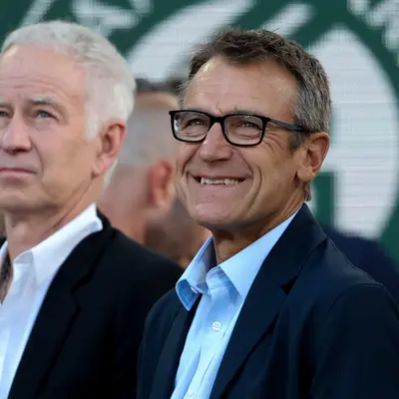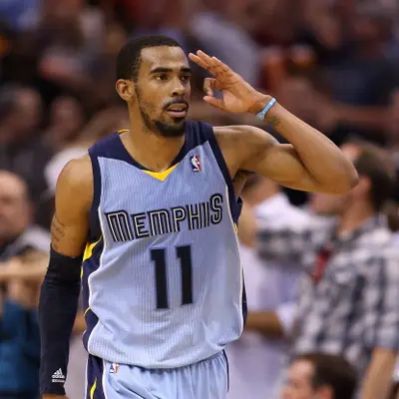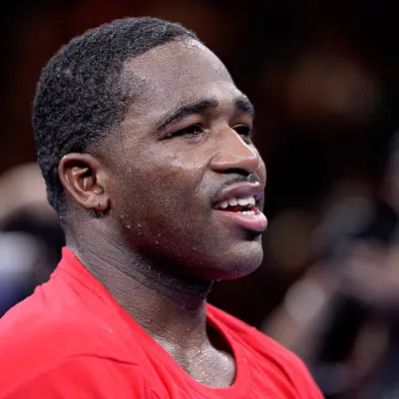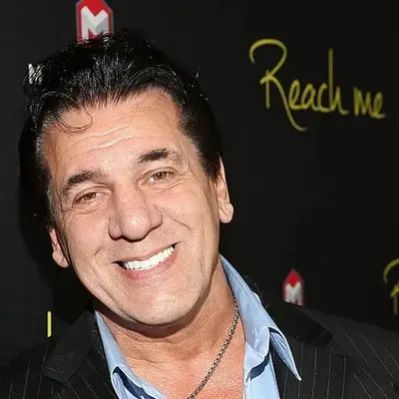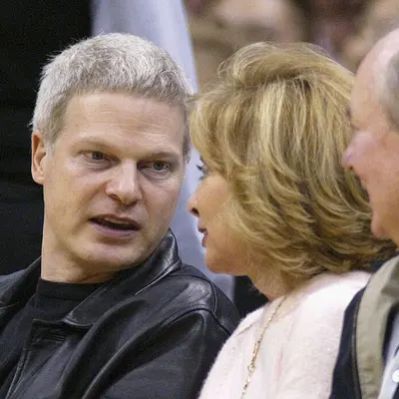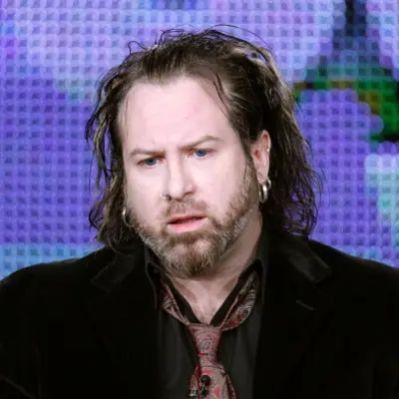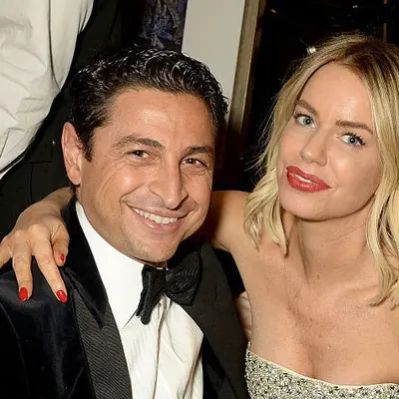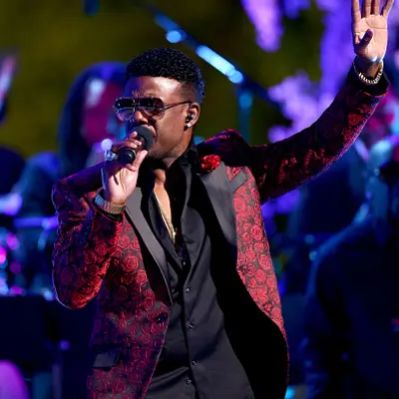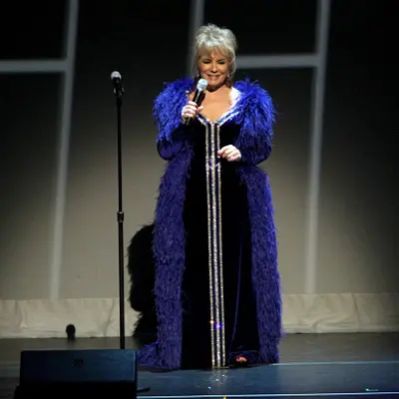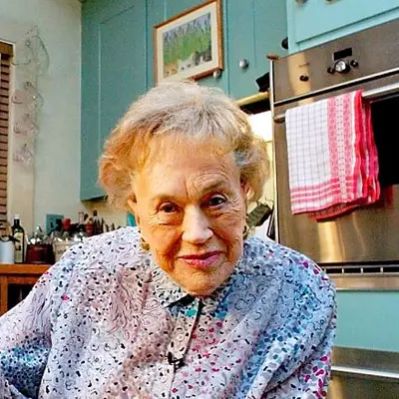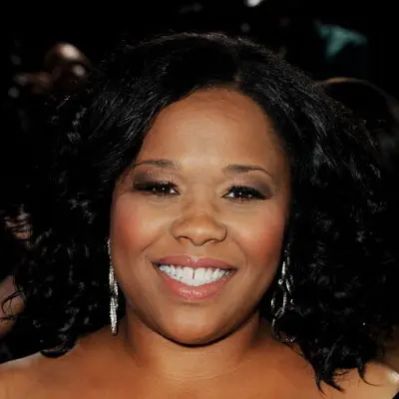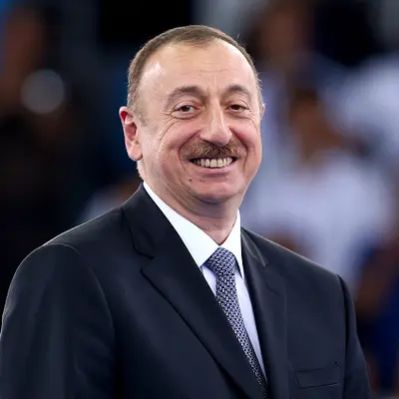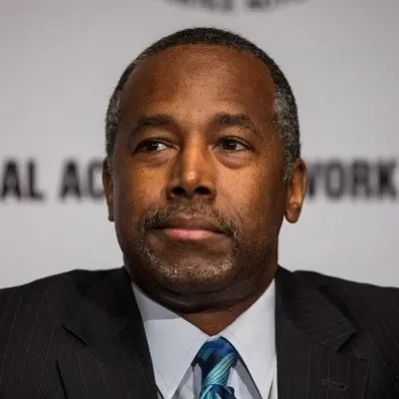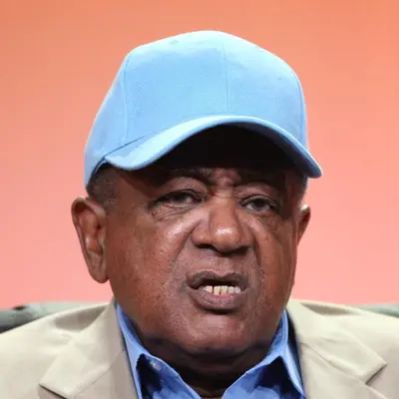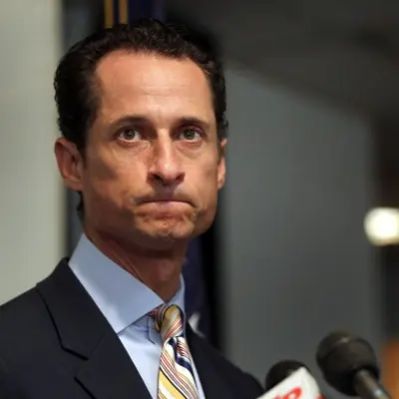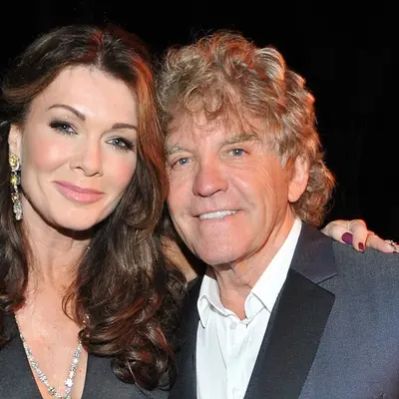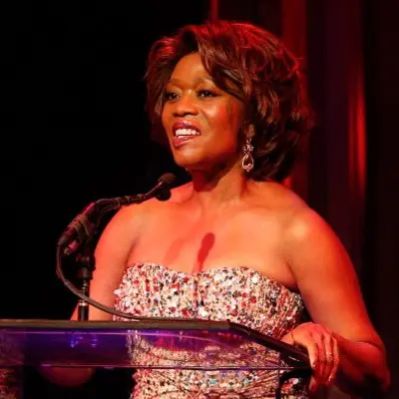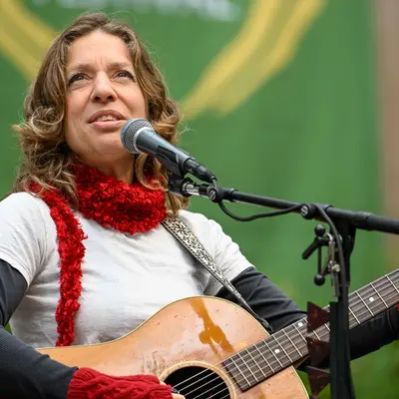What Is Phil Everly Net Worth’ Net Worth?
Phil Everly, a seminal figure in American rock music as one half of The Everly Brothers, had a net worth of $20 million at the time of his death. This fortune was amassed through a combination of record sales, royalties, and live performances throughout his career. The Everly Brothers’ impact on music history is undeniable, with their close harmonies influencing countless artists and their songs becoming timeless classics. Let’s delve deeper into the specifics of Phil Everly’s wealth and career.
Early Career and Rise to Fame
Phil Everly, born Phillip Everly on January 19, 1939, in Chicago, Illinois, embarked on his musical journey alongside his older brother, Don Everly. Their early exposure to music came through their parents, Ike and Margaret Everly, who were country musicians themselves. The family performed together on the radio in Iowa during the 1940s as “The Everly Family”. This early experience laid the foundation for their future success. By the mid-1950s, the brothers had caught the attention of Chet Atkins, a renowned guitarist, producer, and music executive, who played a pivotal role in promoting their careers. Atkins helped the Everly Brothers secure their first recording contract with Columbia Records in early 1956; however, their first single “Keep A’ Lovin’ Me,” wasn’t a success, and Columbia dropped them shortly after. Atkins then introduced the brothers to Wesley Rose, which led to their deal with Cadence Records.
The Everly Brothers’ breakthrough came in 1957 with “Bye Bye Love,” a song penned by Felice and Boudleaux Bryant that had been rejected by 30 other acts. Their rendition reached No. 2 on the Billboard pop charts, surpassed only by Elvis Presley’s “(Let Me Be Your) Teddy Bear,” and soared to No. 1 on the country charts, also achieving No. 5 on the R&B charts. This single marked their first million-seller and catapulted them into the spotlight. The Everly Brothers continued to release a string of hit songs, including “Wake Up Little Susie,” “All I Have to Do Is Dream,” and “Problems,” solidifying their status as major stars between 1957 and 1962. During this period, their record sales reportedly generated $35 million. In 1960, they transitioned to Warner Bros. Records, signing a significant 10-year multi-million dollar contract. Their first Warner Bros. hit, “Cathy’s Clown,” co-written by Don and Phil, became their biggest-selling record, selling eight million copies.
The Everly Brothers’ Earnings and Royalties
The Everly Brothers achieved remarkable commercial success, with 35 Billboard Top 100 singles, including 26 in the top 40. They hold the record for the most Top 100 singles by any duo and trail only Hall & Oates for the most Top 40 singles by a duo. In the UK, they had 30 chart singles, 29 in the Top 40, 13 Top 10, and 4 at No. 1 between 1957 and 1984. Their success translated into substantial earnings from record sales and royalties. By 1962, the duo had reportedly earned $35 million from record sales. “Cathy’s Clown” alone sold 8 million copies. In 1960, The Everly Brothers were guaranteed a yearly income of 100.000 for seven years with an option to renew for another three years with Warner Brothers.
Beyond record sales, the Everly Brothers also earned significant income from publishing rights, particularly for songs they co-wrote. Don Everly and Phil Everly agreed that Phil Everly would “release, and transfer, to the said Don Everly all of his rights, interests and claim in and to [‘Cathy’s Clown’], including rights to royalties and his claim as co-composer, effective June 1, 1980.” Royalties from publishing rights provide an ongoing stream of income, even long after active recording ceases. Their music continues to generate income through streaming services and licensing agreements. Don Everly terminated the 1960 grant to Acuff-Rose in 2011.
Solo Ventures and Later Career
Despite their tremendous success as a duo, the Everly Brothers faced personal and professional challenges. The brothers had a well-publicized falling out in 1973, leading to a decade-long hiatus. During this period, both Phil and Don pursued solo careers. Phil sang backup for Roy Wood’s 1975 album *Mustard* and two songs for Warren Zevon’s 1976 self-titled album. While Zevon was part of Phil Everly’s back-up band, Phil also suggested the title and subject matter for Zevon’s breakthrough hit single “Werewolves of London”. He wrote “Don’t Say You Don’t Love Me No More” for the 1978 Clint Eastwood comedy film, *Every Which Way but Loose*, in which he performed it as a duet with the film’s co-star Sondra Locke. However, neither brother achieved the same level of success as solo artists.
In 1983, Phil had UK success as a solo artist with the album *Phil Everly*, recorded mainly in London. The track “She Means Nothing to Me”, written and composed by John David Williams and featuring Cliff Richard as co-lead vocalist, was a UK Top 10 hit, and “Louise”, written and composed by Ian Gomm, reached the Top 50 in 1983. After a decade of estrangement, the Everly Brothers reunited in 1983 and continued to perform together periodically. Although reunion shows were organized, their relationship remained fairly strained. They continued to perform periodically until 2005. From 1988 to 2002, they performed at the annual Everly Brothers Homecoming in Central City, Muhlenberg County, KY. In 1988 the city of Central City renamed its Chestnut Street Everly Brothers Boulevard.
Real Estate and Personal Investments
While specific details regarding Phil Everly’s real estate holdings and personal investments are not widely available, it is known that he owned a home in Burbank, California, where he spent his later years. Like many musicians, it’s plausible that Phil Everly invested in various assets throughout his career to secure his financial future. The income derived from their music royalties likely provided opportunities for investment in various assets. However, comprehensive details about the specifics of Phil Everly’s investments remain private.
Net Worth at the Time of Death
Phil Everly’s net worth at the time of his death in 2014 was estimated to be $20 million. This figure reflects the culmination of his successful career as a musician, songwriter, and performer. His legacy continues to inspire new generations of artists and fans. The Everly Brothers’ extensive catalog continues to generate income, thanks to its timeless appeal. He was inducted into the Rock and Roll Hall of Fame in 1986, Country Music Hall of Fame in 2001 and the Vocal Group Hall of Fame in 2004. He was awarded the Grammy Lifetime Achievement Award in 1997.
 Net Worth Ranker
Net Worth Ranker




